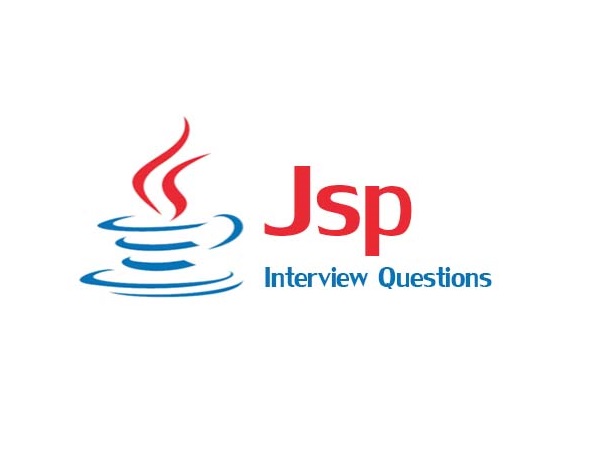Practice Best JSP Interview Questions & Answers
JSP stands for Java Server Pages. It is a tool which makes use of HTML and XML based technologies, which are also being used by Java, to create web pages that are dynamic in nature. With the help of this tool, the user is able to add dynamic elements to make the web pages more attractive and interactive.
Finally practice these JSP Interview Questions for freshers & experienced candidates. These Interview Questions are very popular and asked various times in JSP Interview. So, practice these questions to check your final preparatio for your interview.

